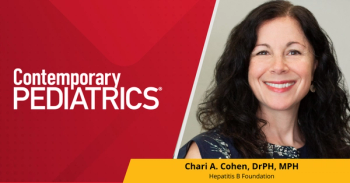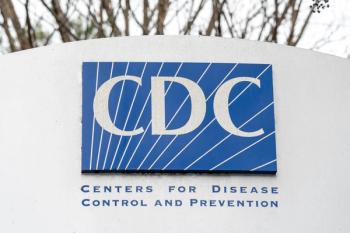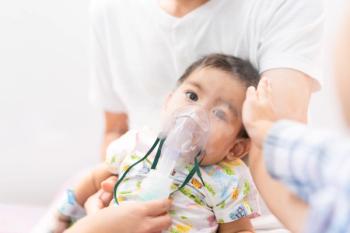
Can strict mitigation work as well as closure to reduce the spread of COVID-19?
School closures have been the go-to move to prevent the spread of COVID-19, but a report investigates whether the use of strict mitigation can work just as well without the need to disrupt a child’s in-person schooling.
When in-person learning returned for many students, one of the most common ways to prevent the spread of COVID-19 in schools was for schools to close if a specific number of staff and students became sick with the disease or, in some cases, if the community spread reached a certain level. Such school closures not only disrupted the education of affected children, but could keep children from accessing the resources necessary to thrive. An
The investigators compared the infection rates in grades 1-10 in schools in 7 boroughs in Oslo, Norway from February 15, 2021 to April 18, 2021. All of the schools utilized strict targeted approaches, but schools were closed as required for students in grades 5 to 10. Nationwide registries were used to collect information.
A positive COVID-19 test was obtained for 616 students in grade 1-4, 452 in grades 5-7, and 446 in grades 8-10 during the study period. The Alpha variant was the predominant variant circulating at the time. The investigators found a statistically significant reduction in the post-intervention trends seen in grades 1-4 (coef -1.26, 95%CI -2.44 to -0.09). Furthermore, they found no difference in the trends between grades 1-4 and 5-7 (coef 0.66, 95%CI -1.25 to 2.58) nor between grades 1-4 and 8-10 (coef -0.63, 95%CI -2.30 to 1.04).
The investigators concluded that school closures were no more efficacious at reducing the rate of student infections than using targeted measures. The findings suggest that the use of just strict mitigation measures such as rigorous adherence to social distancing or masking could be an effective way to keep children safe without disrupting their education.
Reference
1. Rotevatn T, Elstrøm P, Greve-Isdahl M, Surén P, Johansen T, Astrup E. School closure versus targeted control measures for SARS-CoV-2 infection. Pediatrics. March 11, 2022. Epub ahead of print. doi: 10.1542/peds.2021-055071
Newsletter
Access practical, evidence-based guidance to support better care for our youngest patients. Join our email list for the latest clinical updates.










